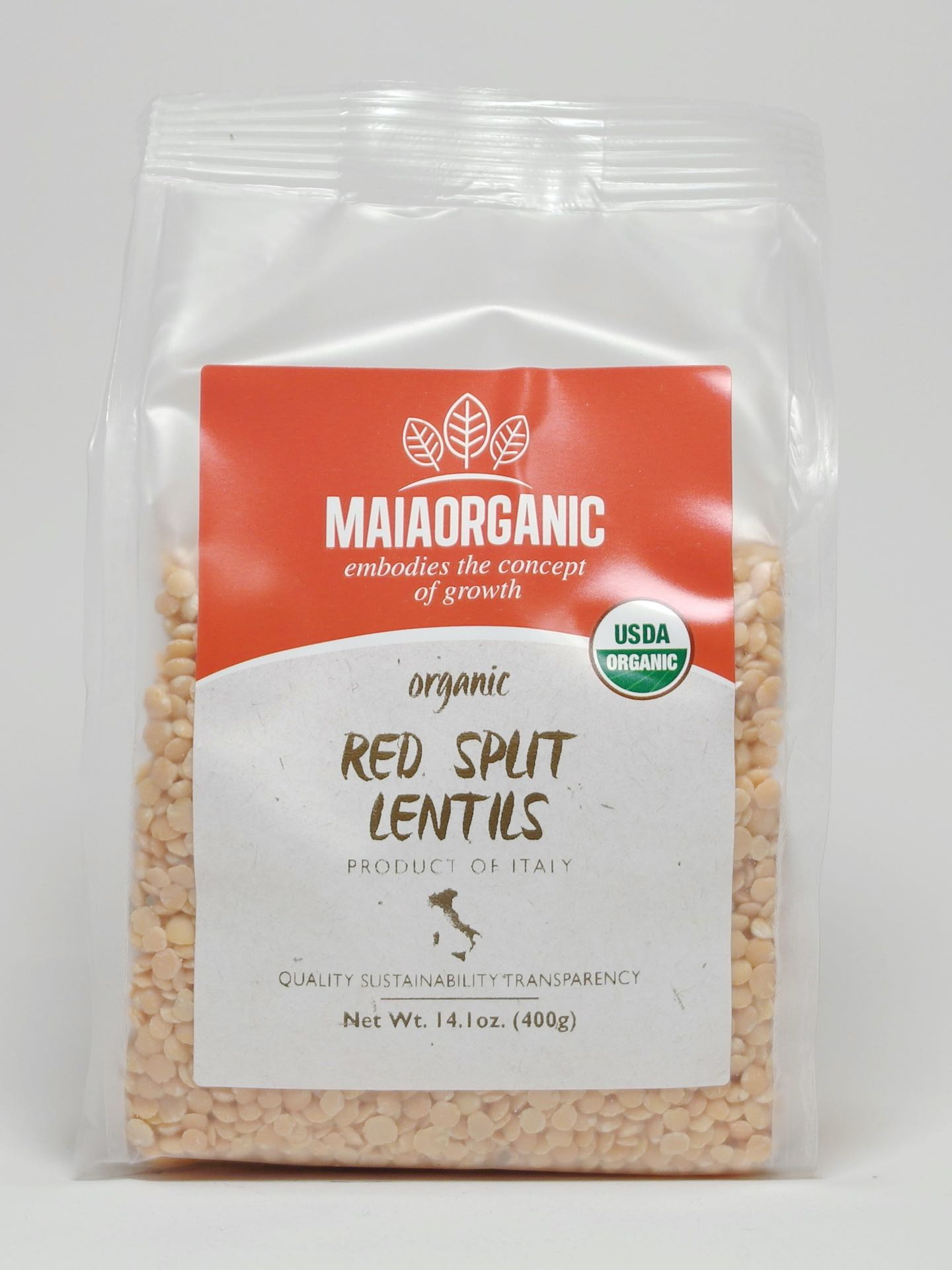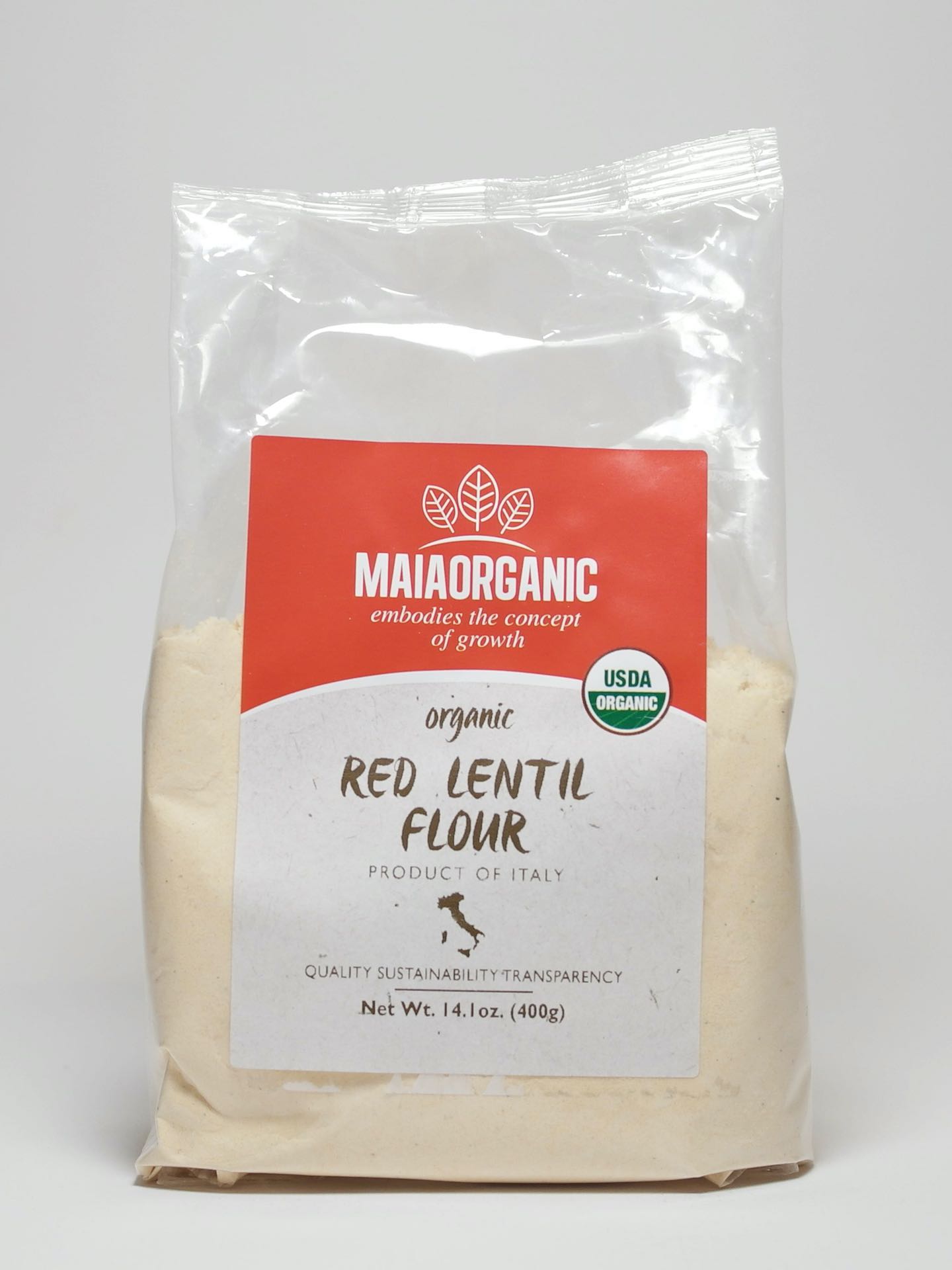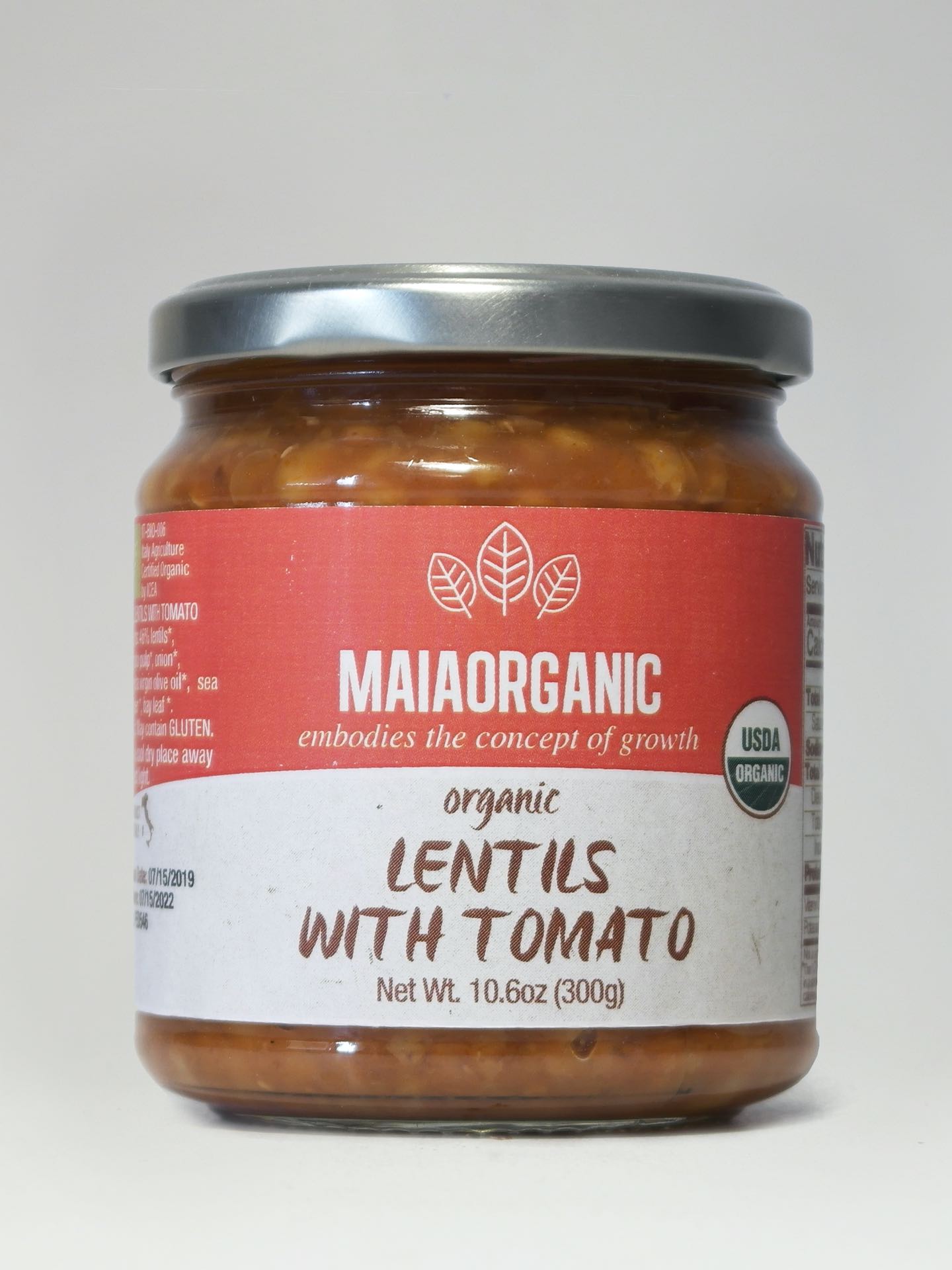Lentils have been used for over 13.000 years. This legume, native to the Middle East, rapidly spread over centuries throughout the Mediterranean becoming a staple food for the Greeks and Egyptians. Also in Roman Empire lentils were vastly appreciated for their high nutritional value; Cato the Elder, a famous statesman of that time, even dictated some rules concerning the best way to cook lentils.
Currently, lentils, a hardy plant, suitable for semi-arid, as well as cold climates, is grown almost all over the world (Asia, North and Central America, India, Europe and Africa). In contrast, in Italy it is mainly cultivated in the central and southern regions. There many varieties of lentils, differentiated by colour and size; seeds can be green, brown, pink or black while the size varies between 2 and 9 mm.
Lentils are rich in protein and starch and contain good amounts of minerals including iron, calcium, potassium, as well as B vitamin and vitamin PP. Folic acid and vitamin B6 are good for the cardiovascular system, while the high presence of fibers makes lentils useful for lowering cholesterol. Being easily digestible, it is highly recommended to eat these legumes, because they are also very low in fat and simple sugars, so they are well suited to low-calorie diets.
MAIAORGANIC Lentils selection:
[As all of our lentils, except for the red ones, contain the same nutritional values; what characterize them most are their colour, taste, and texture]
Small Lentils are typical of the central Apennines, where previously several populations have cultivated the same seeds for so many centuries that this specific variety can be now even considered indigenous. The characteristic of this lentil is the small size of the seed and its type of colour. Some seeds have the typical streaks that make it unique and easily distinguishable from the others. It is very popular in cooking, because the seeds do not lose their skins during preparation, they have a delicate taste and are easy to cook.
Black Lentils are produced in small amounts in the region of Lazio, where the seed was selected from wild plants found in the Maremma. These plants were bred and selected for almost 10 years before they could be grown for commercial purposes. The extraordinarily tiny and black seeds that characterize this fast-cooking lentil and its delicate flavour go particularly well with seafood and fish.
Brown Lentils originally from the Island of Rhodes, thanks to its vigour and superior productivity, this variety has successfully been grown by our farmers. Their decisive taste goes very well with exotic dishes, especially from Asian or Middle Eastern cuisine.
Red Split Lentils are obtained by removing brown lentils skins. In this process, the amount of fiber decreases, making red lentils much easier to be digested. For this reason, this variety represents a perfect option for people who have colitis and bloating. It is ideal for preparing creams and exotic dishes.

* Chefs Tips *
Black Lentils & Red Lentils
20 minutes of cooking
pre-soaking not required
Small Lentils & Brown Lentils
40 minutes of cooking
pre-soaking not required
*Before using Lentils rinse them thoroughly under running water and remove any debris that you may find
*Find the perfect texture by tasting your Lentils while cooking
*Get a tasty appetizer and stay healthy by having Spiced Red Lentil & Millet Patties topped with pesto
*Immerse yourself into the Italian New Year’s Eve tradition by eating Small Lentils & Cotechino
*Experience the Eastern kitchen with a taste of Italy and have a Persian Black Lentil Risotto
*Easy solutions for lazy evenings? Blend Lentils into a rich cream together with dry nuts, veggies or both
*Never forget a drizzle of Extra-Virgin Olive Oil
*Still hungry? Have more here!


